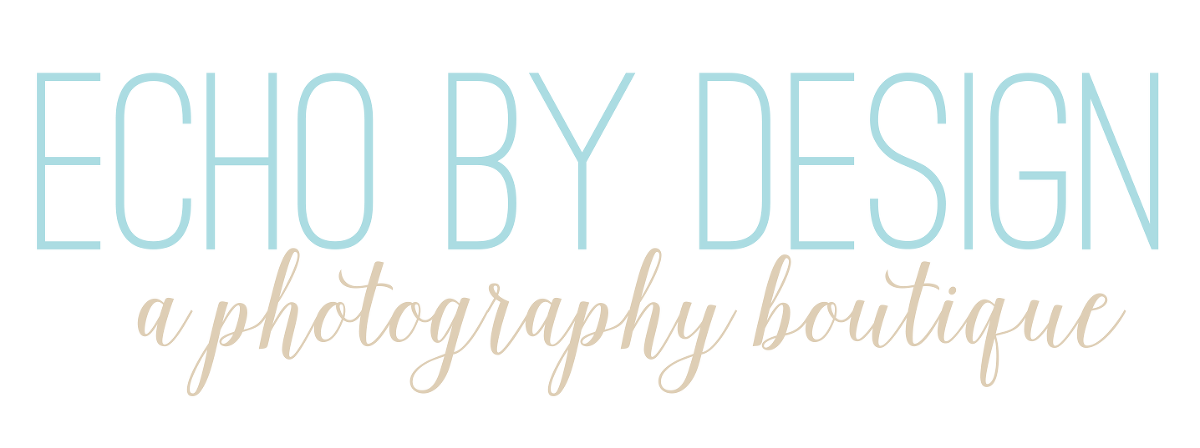I promised to be with you every step of the way when you as a couple chose to hire me for your wedding. That stretches all ends of the spectrum, from being an encouraging friend on a bad day of wedding planning to helping schedule your day stress free. Although I would never want to replace your wedding coordinator or event planner, there are just a few things in the in between that are helpful to know when putting together your details. It may not seem like much when you are deciding where to to get dressed in the morning, where to have your wedding ceremony, or even choosing where to put the head table at the reception…but it is! For a photographer, it’s one of the biggest keys to bringing you the best possible images imaginable.
So if you haven’t gotten it yet, lighting is one of the single most important elements put into an image. It’s meant to help create a mood, a feeling, or just an overall aura. In order to help you achieve that, I have come up with a few tips to help in your planning process…
Getting Ready:
- I believe that some of the best preparation images I have taken to date have all been in a hotel room like setup. Why? Because they have these huge, gorgeous, well lit windows providing a flood of light across the whole room. Who wouldn’t gush at the thought of sunshine pouring in on their big day?!?
- Besides a hotel suite, I’ve had brides rent and get dressed in a historical house or bed and breakfast, while another even was able to use a model home. It provided me as the photographer not only a unique shooting location, but an opportunity to create some beautiful portraiture that a church basement could never offer.


 Ceremony:
Ceremony:
- If you are choosing to have an outdoor ceremony, consider the time of day. The light is the most harsh beginning at 10 a.m. and falling off about 2 p.m. Since this is the worst time for light, you will risk having harsh shadows in your images. Although we have the ability to photograph in almost any situation, it is always better to have the softer light that follows at 2 p.m. giving everyone an even light across their face. It is also a bonus for us if you consider the way you will be facing and whether or not the sunlight is directly behind you. If you happen to be having your ceremony at a place that doesn’t have any cover above such as an arbor or shading trees, it might be a nice gesture to provide your guests with a parasol or some cool fresh ice water.
- If you are having an indoor ceremony site, head there the same time your wedding is scheduled, so you are able to view the available lighting. If you haven’t scheduled a time for your ceremony yet, now is the perfect time to consider when your site is best lit. Check for ceiling to floor windows or large windows in the church ceiling, these tend to be the best lighting. If you walk in and feel like there is a great amount of light odds are you are right. To test this, snap a picture on your camera, if your flash goes off, chances are I’m also going to have to use a flash. Keep in mind that not all sites allow flash during ceremonies. Again, I will be fully prepared no matter the situation, but why not try to make it the best possible?



Portraits:
- Most times your ceremony takes place in mid afternoon, which helps us to pass that harsh point of the sun. This allows for the even tone of light, but it’s still not overly pleasing to take portraits in full sun. When choosing a portrait location, find a spot that is well shaded and can fit you and your entire bridal party. It is also a good idea to scout these locations at the same time and season that you plan to use them. The same goes for family portraits. Why not take your family portraits outside where there can be a more aesthetically pleasing backdrop?
- If your having your wedding later in the evening, there is always the opportunity to get some of the portraiture done before the wedding begins. This is a perfect time for family portraits or even a first look!



Reception:
- Think about your available light, and where it is placed. Try not to place your head table where there are windows directly behind you, they tend to create a harsh back lit situation. Try instead placing your cake or any other details such as a candy table in front of the windows. It is best if the bridal party table is placed near your available light, just make sure that you are facing the light. That will give everyone who is toasting you the best light possible on their faces.
- Reception lighting can always be fun and unique. There are strung lights, sometimes lanterns, and then sometimes there are just candles. Unless you are having your reception in the middle of the day, odds are we are going to have to use alternative lighting such as flash. Most times we are able to bounce our flash off of the ceiling spreading out the light versus a stark flash in the face, however keep in mind that our cameras still need enough light to focus. If the room is too dimly lit the camera doesn’t have anything to focus on, which will make our job much harder in capturing the events of the evening. When you are at your venue just make sure you ask that they not turn the lights too low.
- Another lighting situation to think about is the lights that your DJ brings to your party. As much as we love feeling like we are at a disco show in a night club, see if your DJ or band can point the lights more towards the floor or ceiling. This will help avoid big green, red, and yellow spots all over your face or anyone else’s while dancing. If they want to spot light you with bright light during your first dances, bring it on…more fun for me!



I hope that you feel enlightened…pun totally intended! These tips will help steer you in the right direction from our cameras perspective, and keeping you more informed. Not only will it also help us do our job better, but it will give you the photographs you have always dreamed of! Cheers to a good Monday!
..LIGHT..
love, echo
















 More on my little guy to come…finally feel like I’m getting you caught up on his precious life!
More on my little guy to come…finally feel like I’m getting you caught up on his precious life!

